The firm’s UK head of building structures
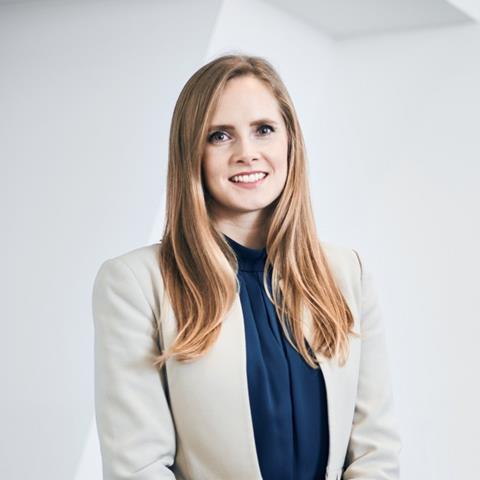
Why did you choose construction as a career?
I knew I wanted a career that would enable me to make a difference. But it was on a school expedition to Tanzania that I experienced my Eureka moment.
I was initially focused on the overwhelming challenge of climbing Mount Kilimanjaro but, when we arrived, we were tasked with helping to renovate an orphanage for homeless children. It was the first time I had been exposed to living standards such as this.
Helping to rebuild a little girl’s bunkbed so that she had somewhere to sleep at night made such a difference to her life and in such a practical way. I wanted to know what globally transferable skills I needed to develop in order to make a difference – and so I studied civil engineering.
What has been the biggest challenge of your career to date?
Trying to help address the inequality in Cameroon. In my final year at university, I co-founded independent engineering charity Cameroon Catalyst. Our goal is to help one village at a time in east Cameroon through community-led infrastructure development projects that progressively transform people’s lives.
Since 2010 we have helped to improve the quality of life for nearly 20,000 locals through the delivery of a medical centre, a school, a solar power hub, microbusiness facilities and most recently through clean drinking water infrastructure and sanitation.
Since graduating I have continued to focus on projects that contribute to the long-term solutions for the health, educational and economic problems in Cameroon. And our engineering designs are even saving lives. For example, we have halved the child mortality rate, quadrupled the number of children attending school and introduced 10 clean water drinking wells.
What are you most proud of in your career to date?
Being part of the London Bridge station redevelopment team – the most collaborative one-team approach, not only across 40 disciplines at WSP but with our entire supply chain. It was also a pivotal transition point in my career, moving from being a graduate structural engineer to a multi-discipline design manager. But I could not have done it without the opportunity to shadow WSP’s major project delivery leader Adrian Tooth and learn on the job in a supportive environment.
If you could change one thing about the industry, what would it be?
Let’s get better at celebrating the success of our projects and their positive impact on society. Then, in turn, we might better inspire the next generation of engineers to transform lives, design for the future and make the planet better.
What is the most helpful advice that you have been given?
Embrace evolution, seek innovation. Working on a diverse portfolio of projects in healthcare, education, commercial, rail, chemicals and pharmaceuticals, I can see an exciting trend evolving in our Industry; the demand for speed of delivery means that the traditional marathon approach to design needs to become a sprint.
For example, by leveraging our front-end advisory and ultra-fast delivery approach on one of the world’s largest diagnostic testing facilities in the world – the Rosalind Franklin Laboratory in Royal Leamington Spa – we were able to compress a programme from 30 months into less than a year. The scale at pace required in the UK life sciences sector alone presents a huge opportunity for evolution and innovation.
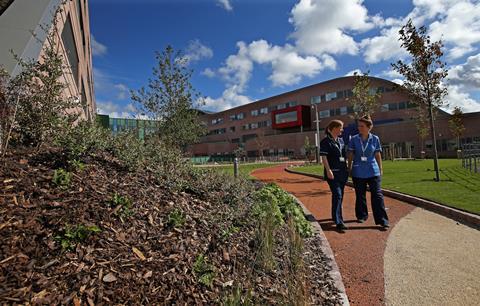
Name your favourite building in the world?
Alder Hey Children’s Hospital, Liverpool. I am proud to have played a part in this trailblazing “health park” that set a benchmark for holistic paediatric care and connects over 270,000 children to nature every year.
Uniquely inspired by a teenage patient’s flower drawing, the calming and happy environment does not feel like a hospital and enhances the children’s healing. More than 75% of patients are in single rooms, with windows set at a child’s eye level offering park views.
It is also one of the most sustainable 24-hour hospitals ever built, with 60% of its energy generated on site. Our client wanted affordability and efficiency and we met this challenge by providing an innovative building-envelope design.
Which famous building do you most dislike?
The Marble Arch Mound in London. The £6m tourist attraction was supposed to bring people back into the heart of the city but the artificial hill was forced to shut when plants and grass began to die.
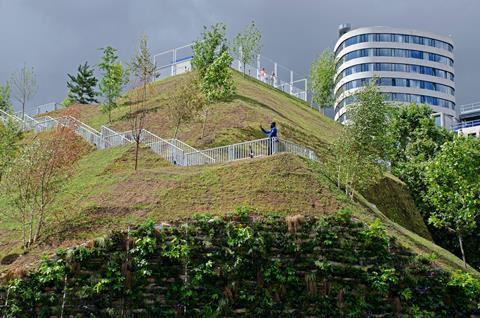
Which famous building do you wish you had worked on?
The Spiral, 66 Hudson Boulevard, New York. Delivering on a new vision for the workplace, my colleagues in the US have designed spiralling terraces to provide outdoor space for office workers 1000ft up.
Our structural engineers made a very complex structure very simple by putting wellbeing, flexible workspaces and embodied carbon reduction at the forefront of the design.
What single piece of advice would you give to someone starting out in your profession?
Don’t underestimate the value of your softer skills, now being referred to as power skills. I believe they are fundamental in leadership and my favourite one to practise is active listening.
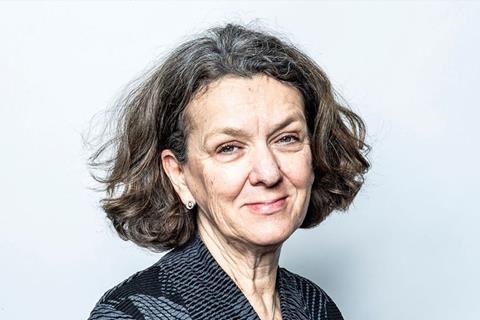
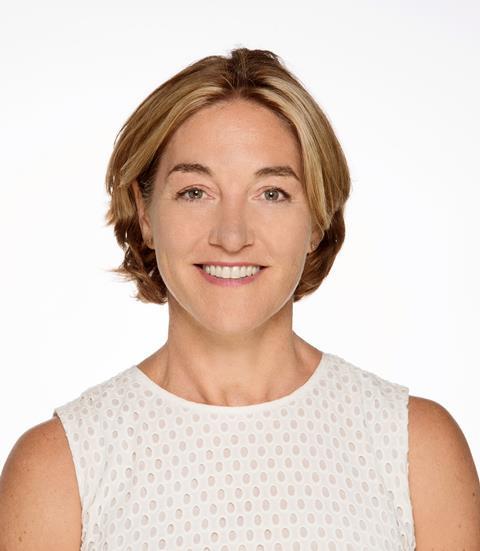
Who do you most admire in the construction industry?
My fellow female board members at the Major Projects Association are hugely inspiring – Michele Dix CBE and Sadie Morgan OBE are exemplar role models and mentors in our industry.
What is it like being you (and doing your job)?
I feel very lucky to be able to combine a really exciting professional job with being a mum and running a charity. I want to be proud of what I do and make my family proud.
During my career at WSP, I have specialised in managing multi-disciplinary design teams on major complex projects including Paddington Square, HS2 and Defra Weybridge. In my current role as UK head of building structures, I lead a 400-strong team across 12 sectors with a particular focus on growth and aligning the business with WSP’s strategic cornerstones: clients, people, technical expertise, and operational excellence.
Do you have a life philosophy?
Believe that you can make a difference to the world, and you will. For me that includes inspiring more women into engineering, driving net zero engineering solutions and helping to deliver clean drinking water in Cameroon.
What do you think your best quality is?
Always making time for people. At work that is calling a busy colleague to offer support, going for a coffee with a new starter, raising the profile of a star award winner, celebrating a project win, or thanking our brilliant delivery team.
What trait do you most dislike in yourself? And in other people?
While I love to strategise, sometimes I have a tendency to jump into the detail when the topic really interests me.
Name three things that you like
All sport related: skiing, indoor cycling and hiking the Cotswold Way.
Tell us about a secret skill that we don’t know you have
I recently learnt to wing walk on the top wing of a classic 1940s Boeing Stearman biplane as part of a charity fundraising campaign, which was match funded by the WSP Foundation. I am a bit of an adrenaline junkie, and this is my most exhilarating experience to date. I highly recommend giving it a try!
What is your most prized possession?
The Lego Mini Me that I received after helping the Institution of Civil Engineers achieve the Guinness world record for the longest lego suspension bridge at 31m!
Early bird or night owl?
Night owl. But, as a working mum, I am now learning to rise before the sun…
What is your favourite food?
A very British afternoon tea. You can’t beat a freshly baked scone loaded with jam and clotted cream.
What would your superpower be?
Being in multiple places at once to maximise time with my family at home and engage with my colleagues across the country while also supporting our clients across the globe.



























No comments yet